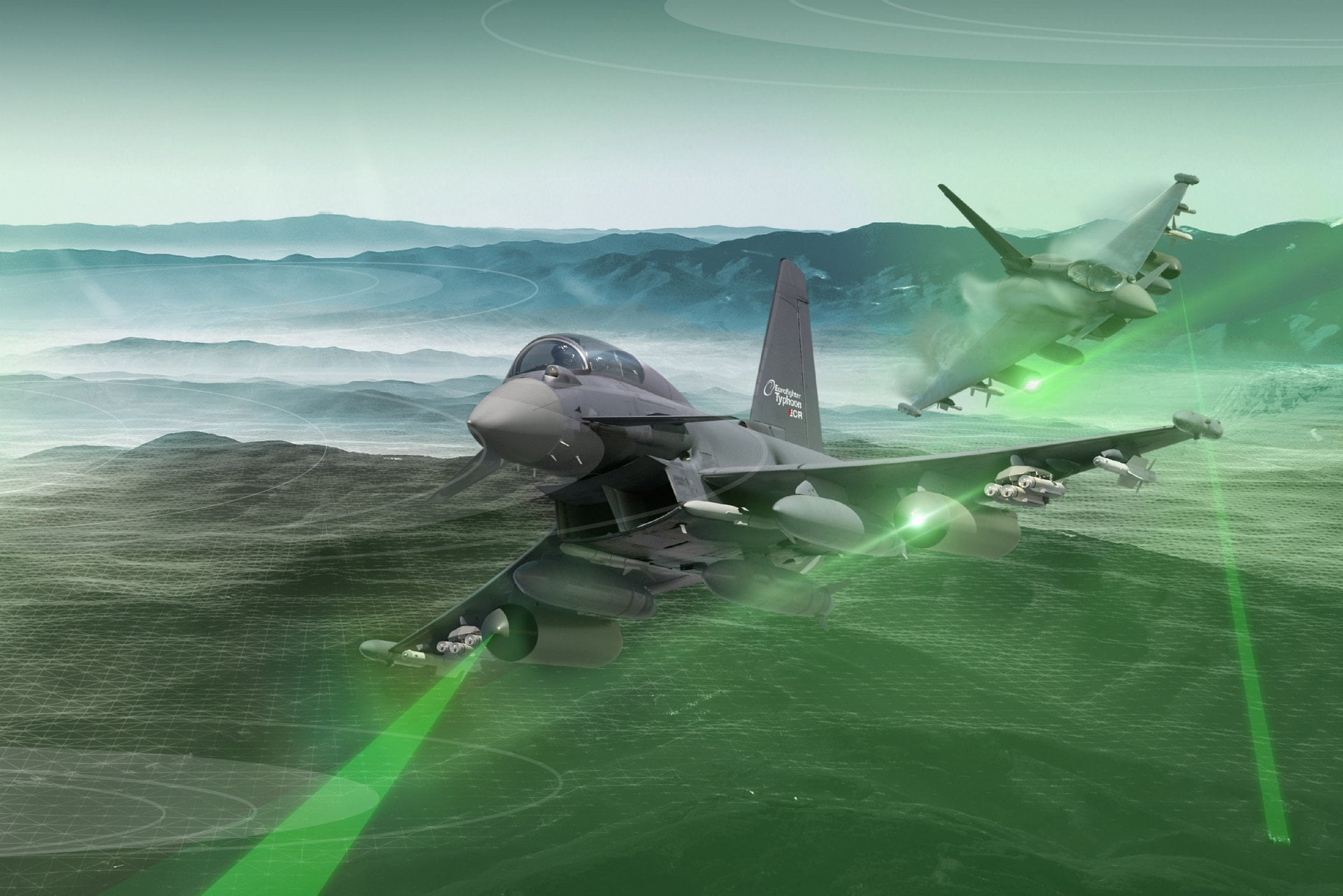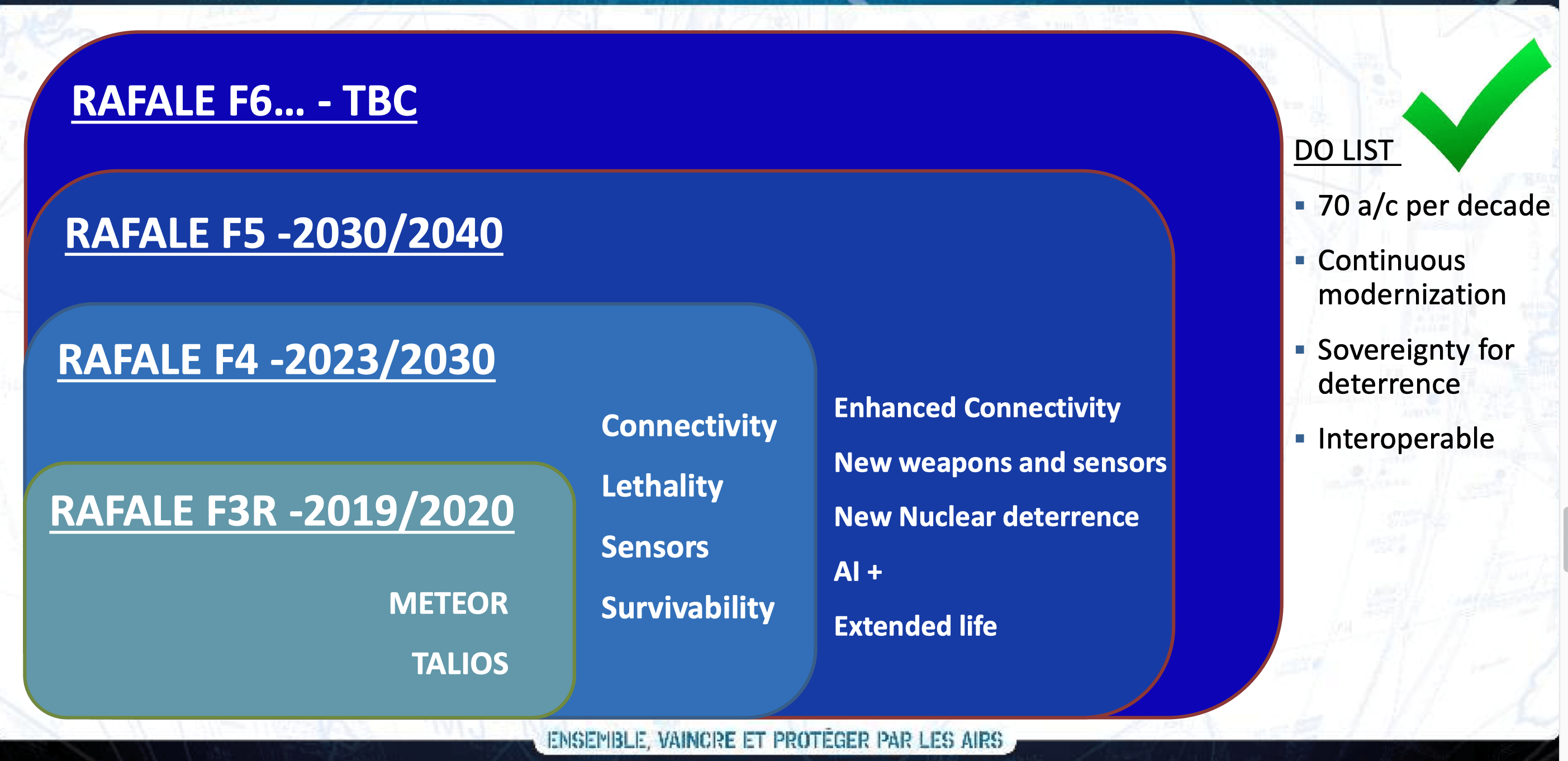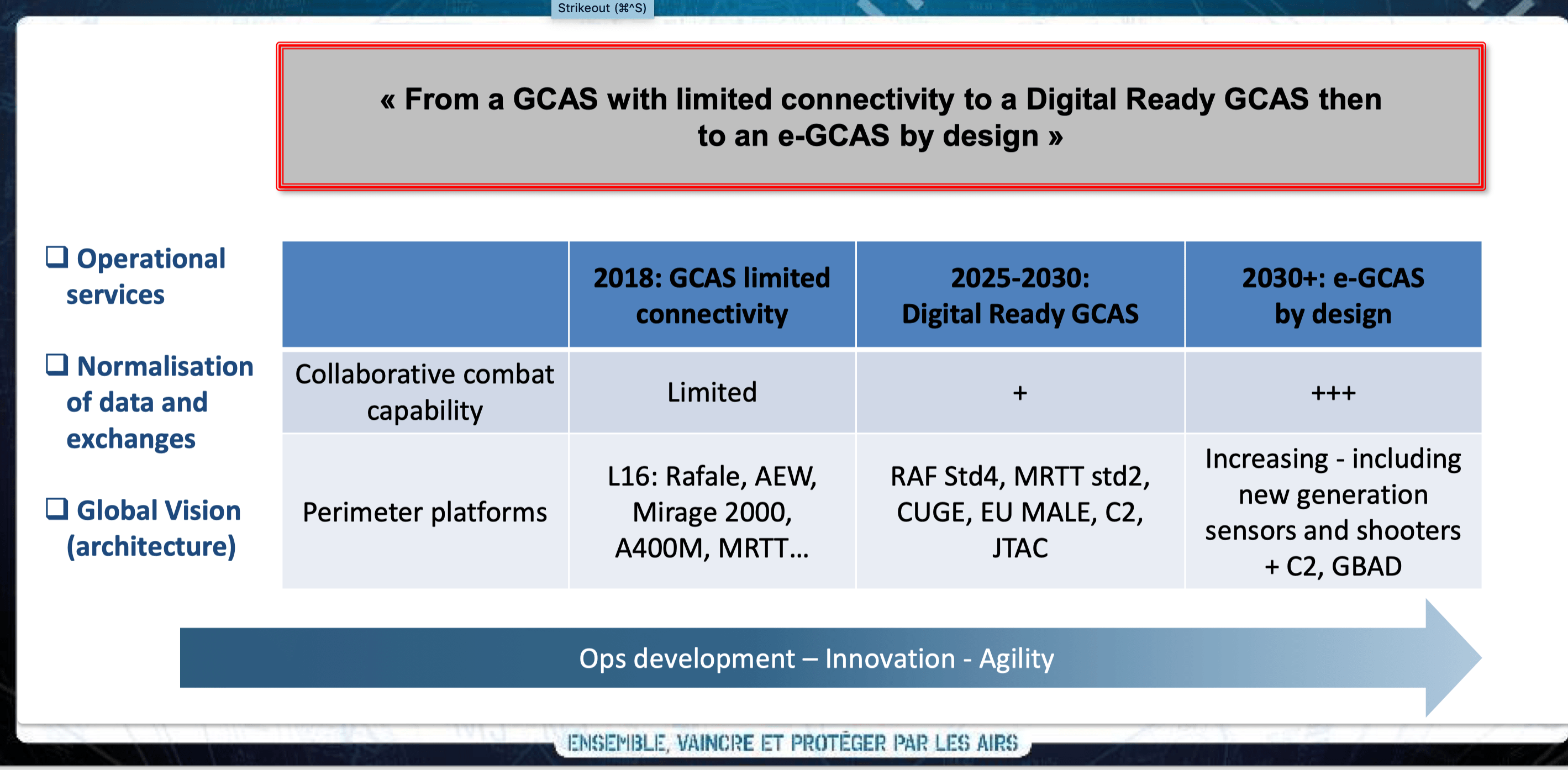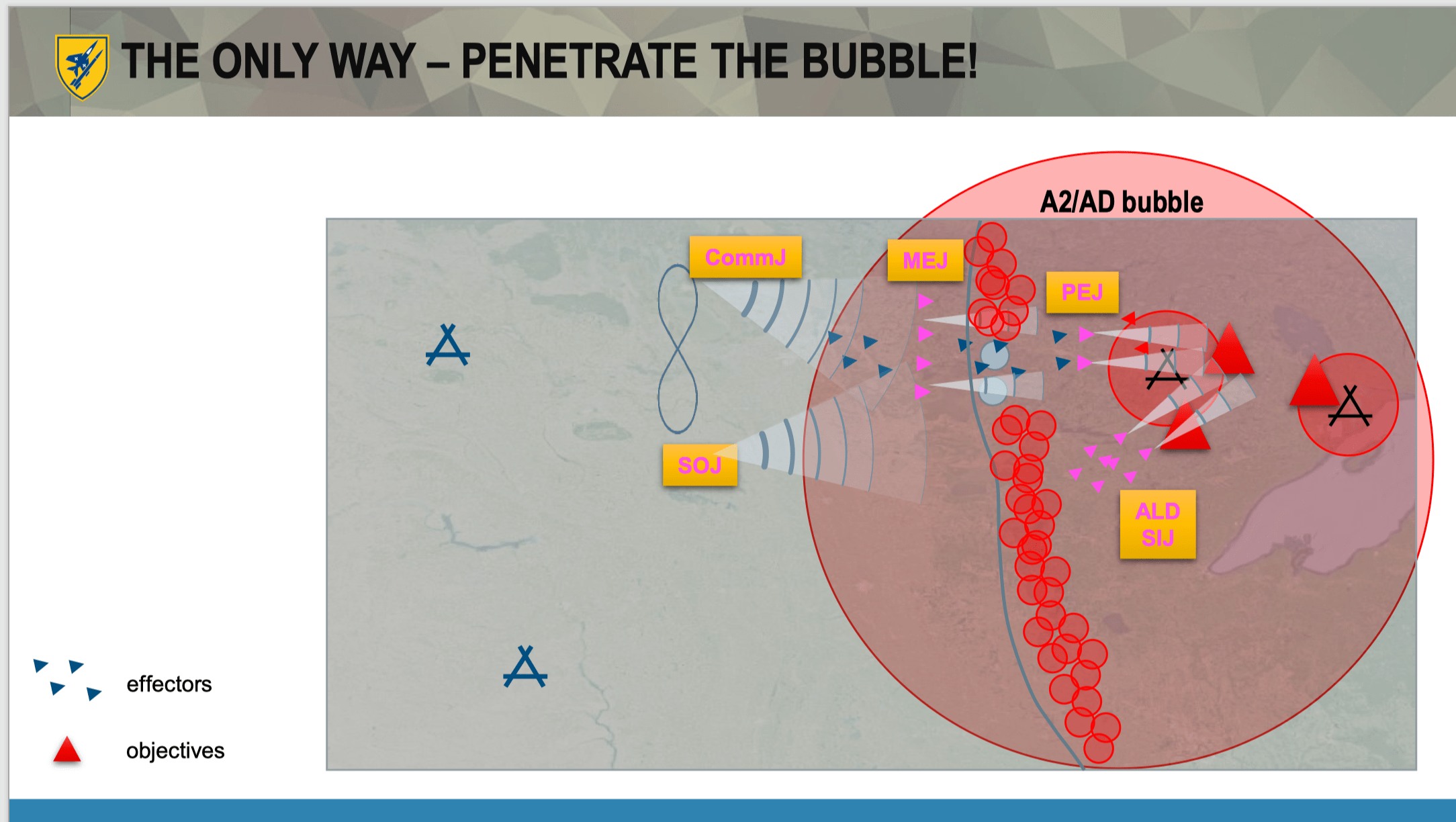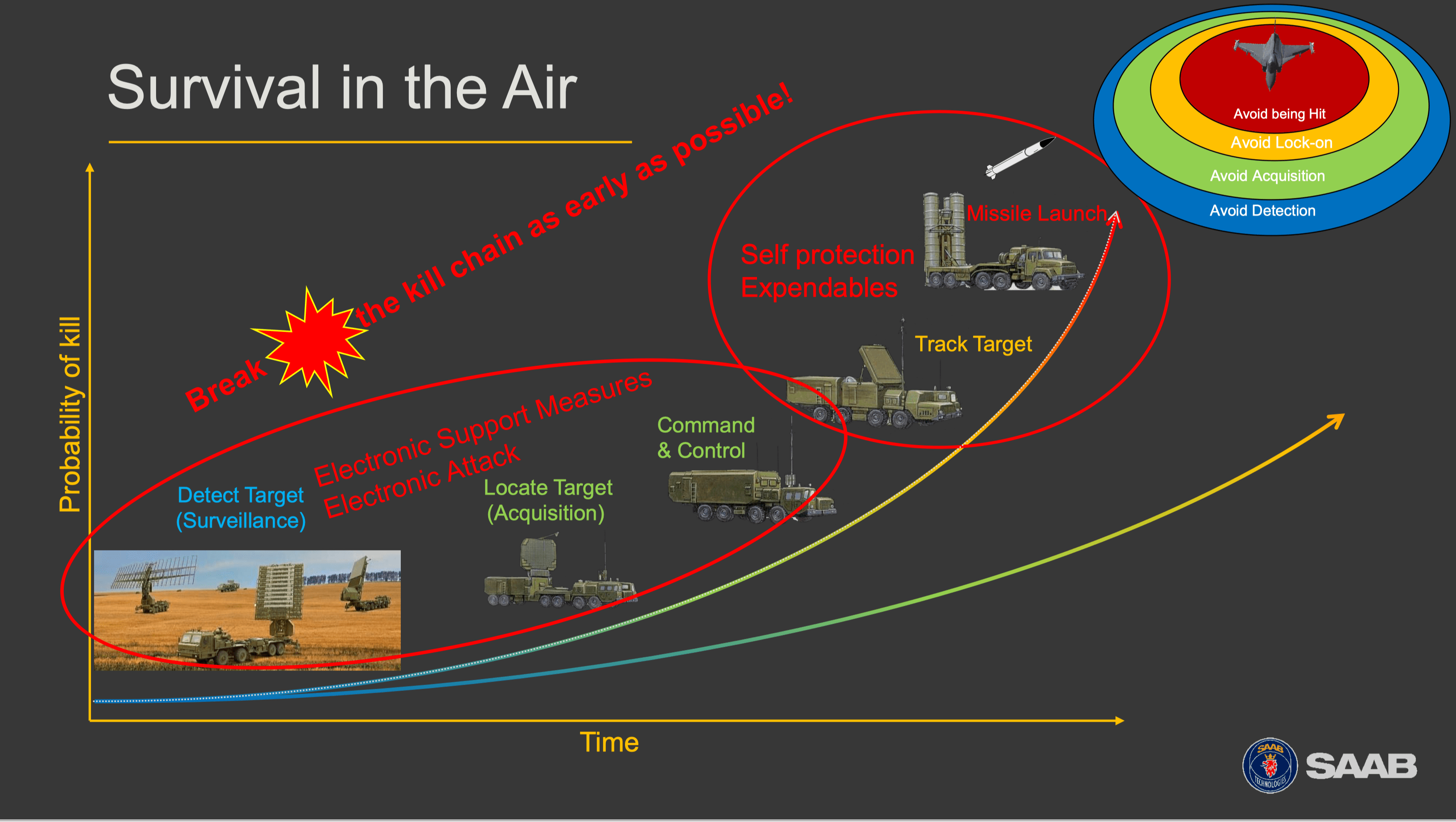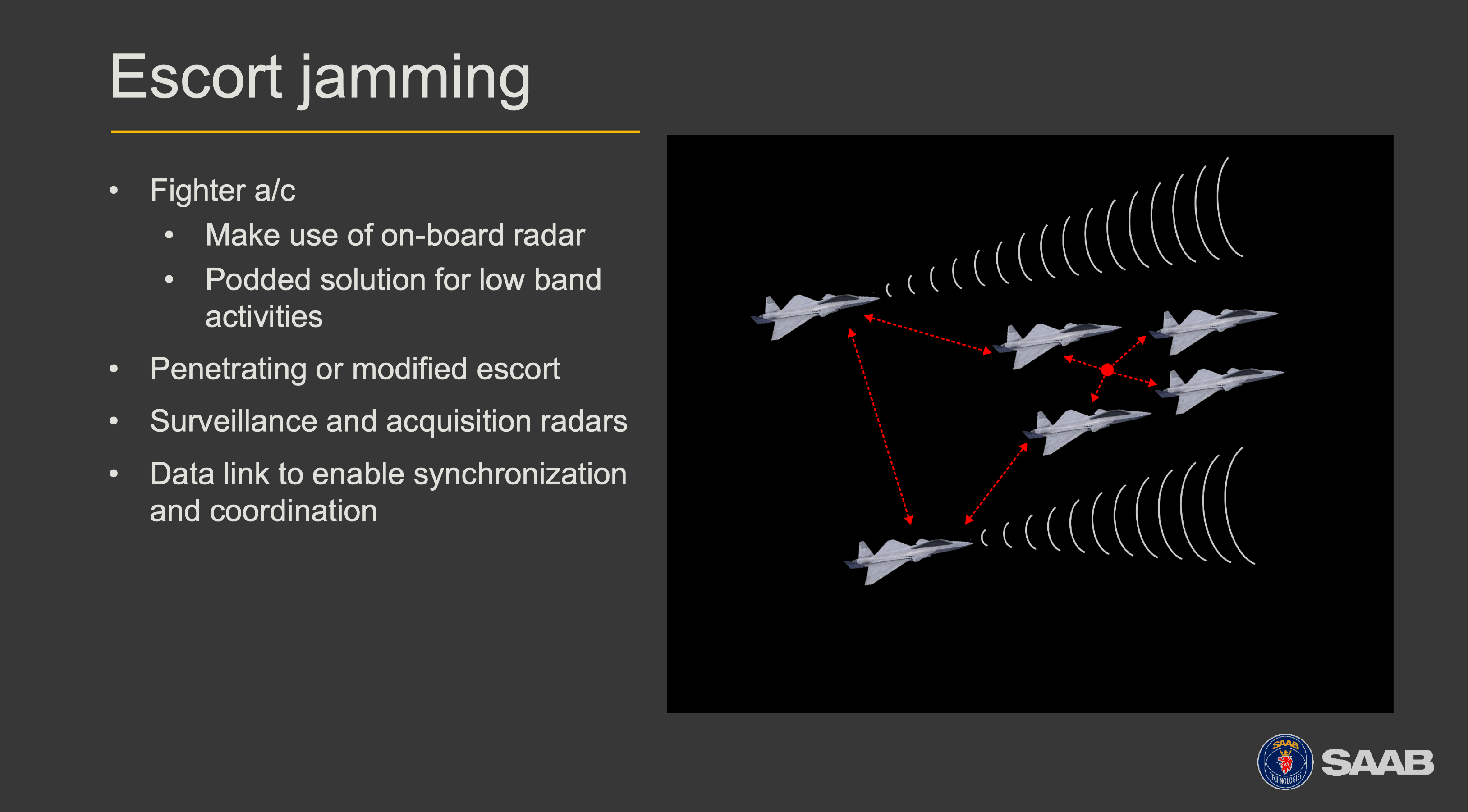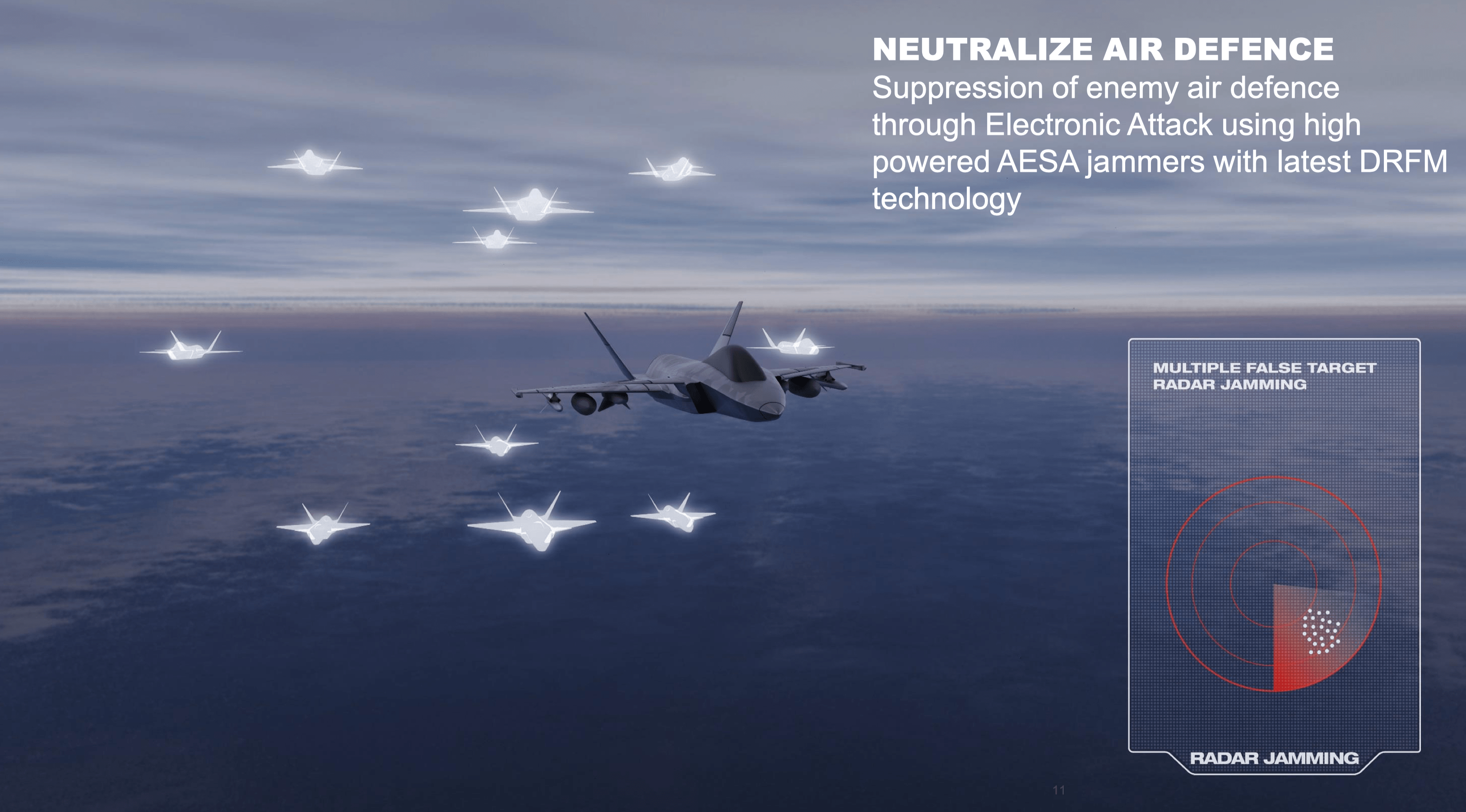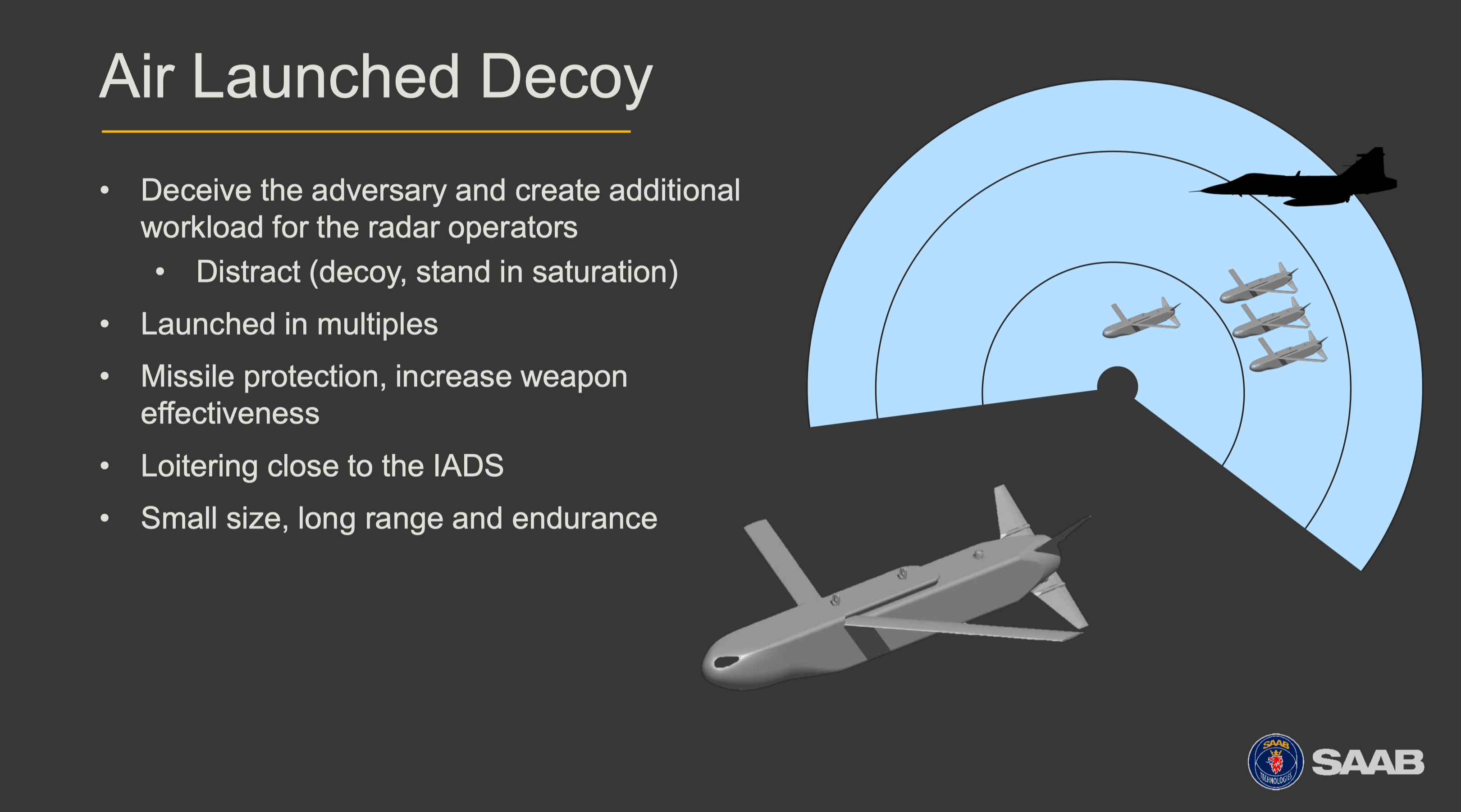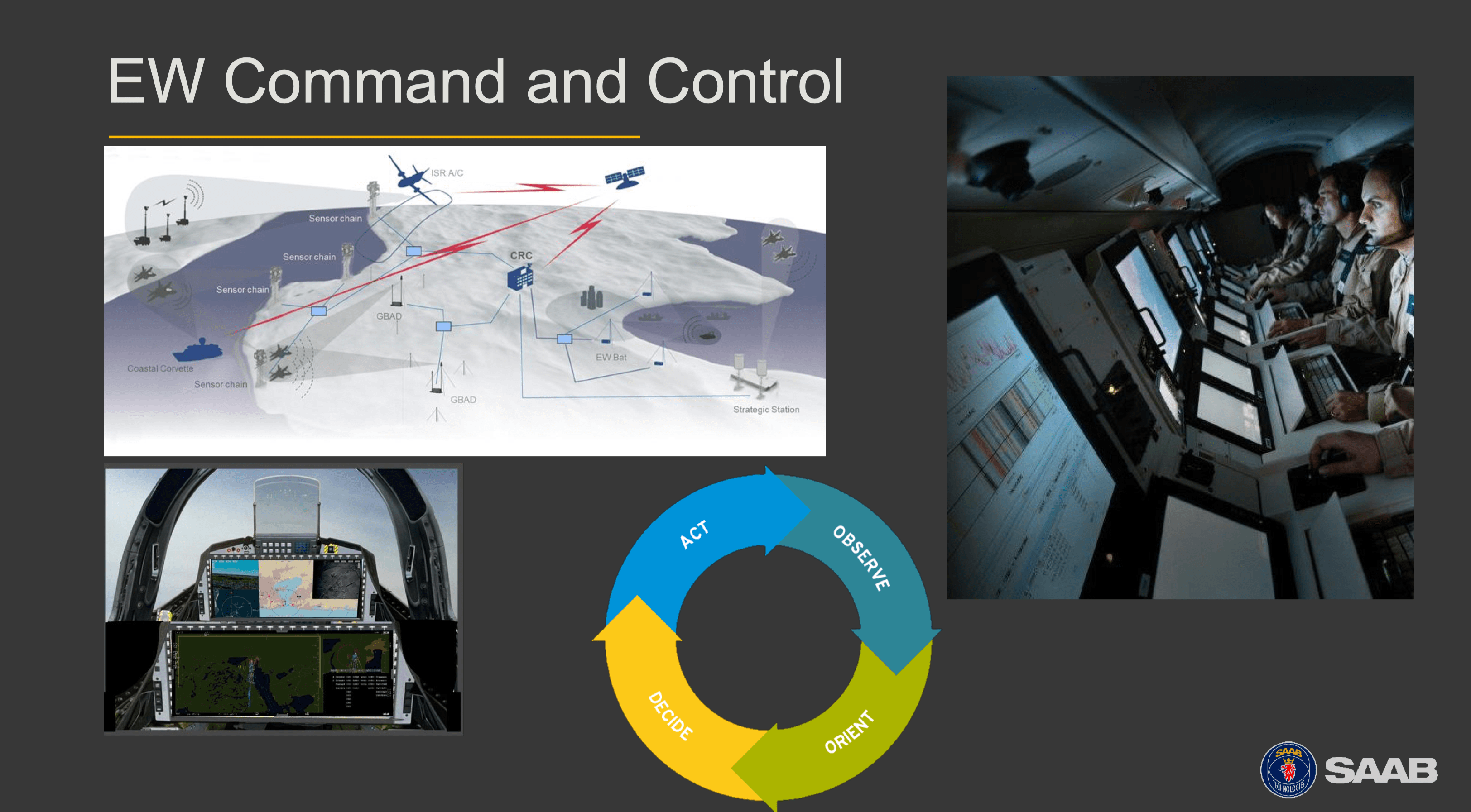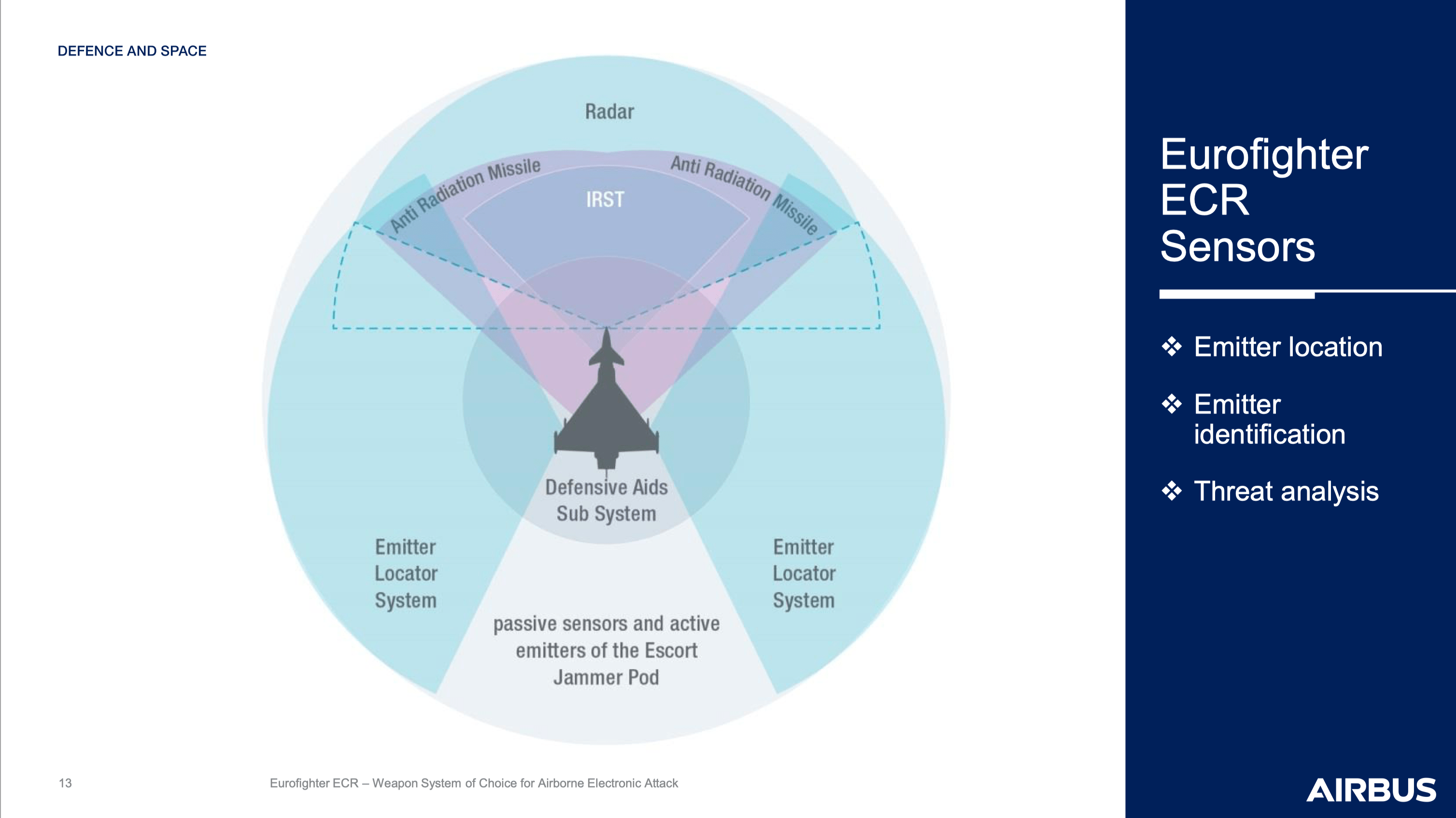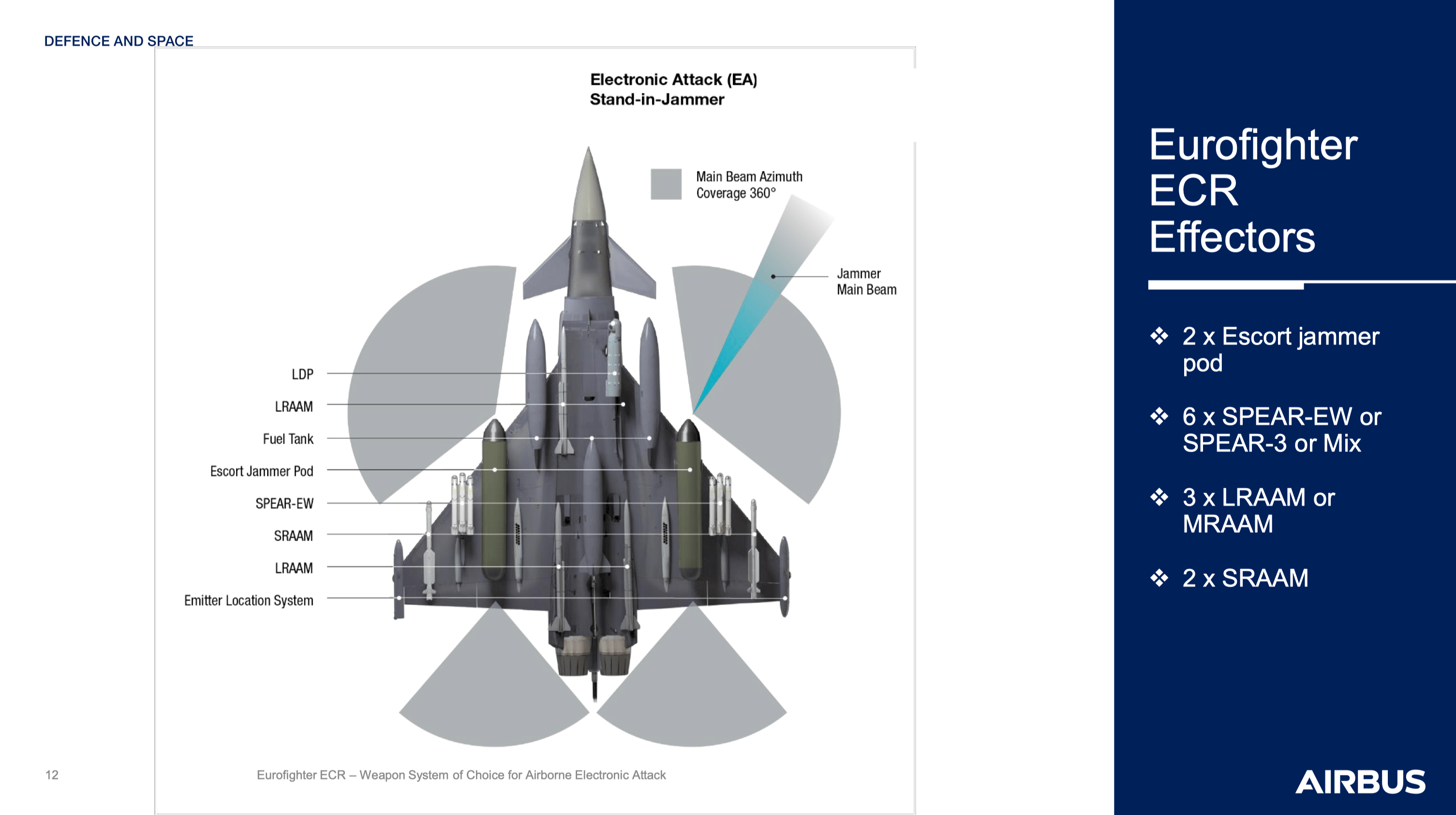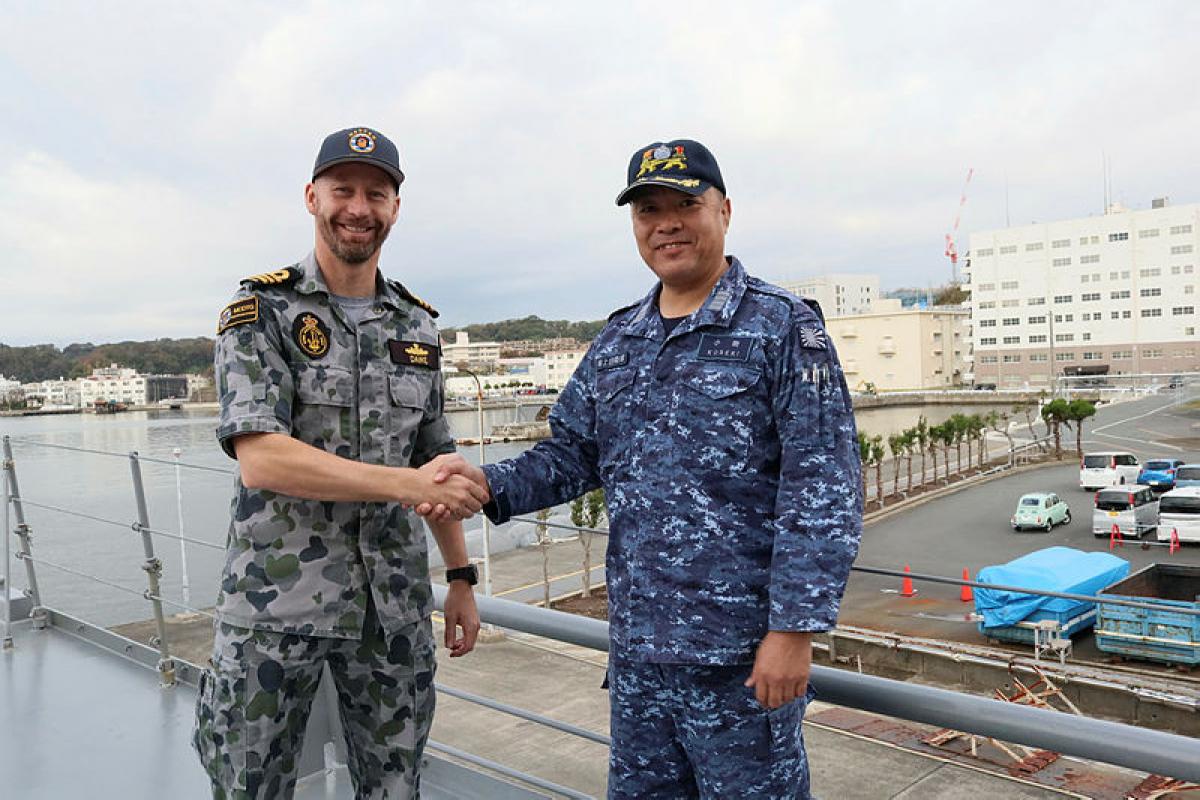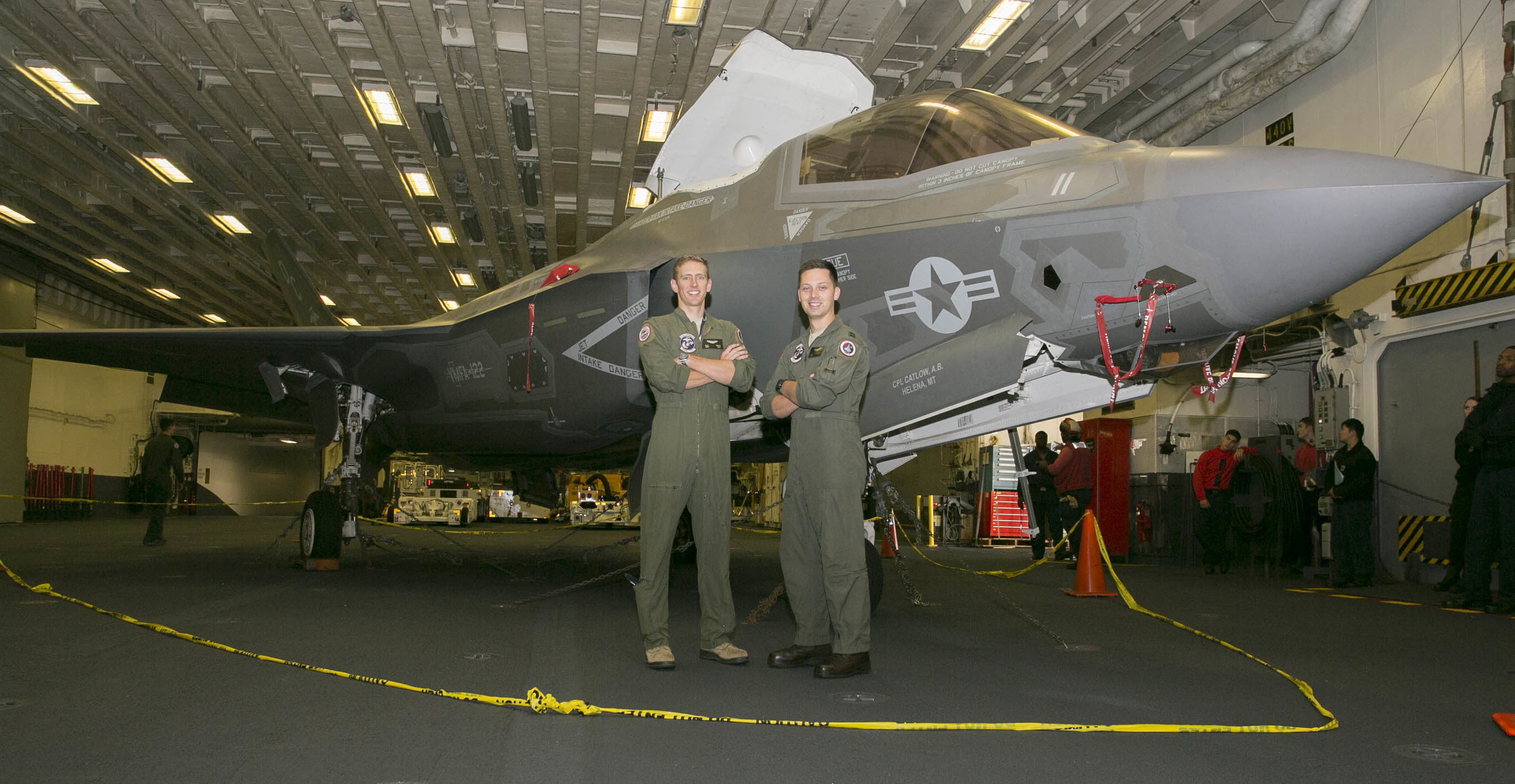By Robbin Laird
The F-35 is termed a fifth-generation platform, but is better understood as a first generation flying combat system.
Or a next generation capability or foundation for building a C2/ISR infrastructure for the integrated distributed force.
Because the F-35 is being stood up worldwide with both the U.S. Services and multiple core allies, how the F-35 global enterprise is being shaped has significant consequences for interactive transformation of those forces.
A key aspect of the F-35 comprises the onboard combat systems and data fusion inside the aircraft.
Because the software is upgradable and concomitant hardware changes have been made to facilitate major software upgrades, separate combat systems are affected by innovation driven within each combat system, and separate innovations and upgrades are driven by the core companies and the partners responsible for each combat system.
The companies driving change in each combat system, along with their partners, can reach a global user community and use these innovations while considering how such innovations could proliferate into their wider force structure development.
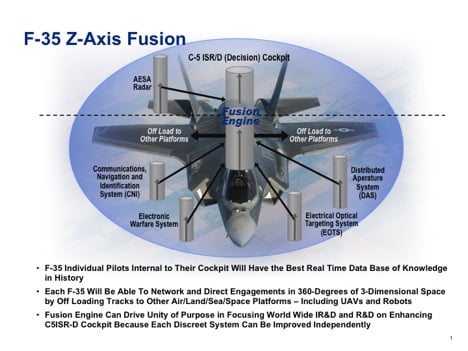
A key example is the CNI system.
I remember that one of the early criticisms by some F-35 analysts was that it did not have a radio. But that was good news, not an oversight.
According to Lockheed Martin:
“The Communications, Navigation and Identification (CNI) system is the most advanced integrated avionics system ever engineered. The integrated CNI has been developed by Northrop Grumman and affords F-35 pilots capabilities derived from more than 27 avionics functions. Through software-defined radio technology, the CNI allows for simultaneous operation of multiple critical functions, such as identification of friend or foe, precision navigation, and various voice and data communications, while greatly reducing size, weight, and power demands.
“When we visited the then-head of the USAF Warfare Center, we asked what he found most interesting about the F-35 as a new combat capability and he instantly latched on to a discussion of the CNI.”
Major General Silveria, then head of the USAF Warfare Center and now Lt. General Silveria, Commandant of the USAF Academy, explained:
“Clearly, a key aspect of the F-35 is software upgradability. [It] provides for growth potential but requires a significantly different way to operate.
“This is difficult for people to grasp who do not fly the aircraft. One aspect associated with both fusion and software upgradability is that the F-35 is an integrated weapons system.
“Many articles have criticized this or that particular system on the aircraft; but [the F-35] aircraft is not really about this or that system; it is about the capability of a set of diverse systems to work together to deliver an effect and overall capabilities.
“Another key aspect is what software eliminates from the aircraft yet allows for enhanced combat effectiveness. A chief example is the CNI system. The plane has noneof the items traditionally on airplanes that transmit and receive. It does not have any of those.
“Instead, it has two CNI com and navigation racks. It has two racks and you instruct the airplane: I would like to transmit in the UHF waveform; it generates that waveform and transmits in the UHF waveform, which is a difficult concept to think about, because there is no UHF radio on the airplane. There is no ILS on the airplane.
“If I want an ILS, I have to go in, tap on my glass and say, ‘hey, good morning jet, I’m going to need an ILS today, so I need you to generate the ILS waveform when I need it.’
“What does this mean in terms of performance and maintainability? I do not have to maintain what is not there; I do not need to be affected by failure rates of systems that are no longer there.
“Let me use the example of the IFF transponder, which I do not have on the plane as a separate system. On an F-15 E, you can walk to the ramp and open a panel where you’ll find a little box that has all sorts of cannon plugs on it labeled ‘IFF transponder.’
“If it failed during the operation, when you came back you told maintenance it did not work. They’d undo the cannon plugs, they’d pull out this IFF and send it to the back shop; they’d go through all the testing, they’d figure out, they’d fix it, and it would come back. They would put in another one. Well, the F-35 doesn’t have that either to fail or to fix.”
As the infrastructure for Command and Control (C2) and Intelligence, Surveillance, and Reconnaissance (ISR) evolves and transforms, the upgrades on the F-35 can benefit from those changes as well as generate them.
The CNI is a core case in point.
As the cards are transformed, along with the capabilities they enable, and any accompanying hardware changes occur, not only can an F-35 improve as a combat asset but the upgraded onboard technology can reshape the combat elements in the air, on sea, or land.
These can benefit F-35 connectivity directly and those demonstrated capabilities can inform decisions about modernization or transformation of other combat assets which can employ similar variants of the new systems contained in the CNI.
Cubic Mission Solutions’ (CMS) involvement on the CNI system and its recent contract with Lockheed Martin exemplifies this dynamic.
The contract is designed to provide Full Motion Video (FMV) capabilities for the integrated battlespace.
Cubic Mission Systems expertise focuses in part on the innovations that FMV can deliver as part of the C2 and ISR infrastructure modernization for an integrated distributed force.
CMS’ new contract with Lockheed Martin will provide new capabilities in the CNI, and they will bring that experience to bear for the benefit of the F-35 global enterprise.
They will also be able to work through the ways that communicating through FMV from the aircraft can impact related efforts for other key combat assets in the future.
A press release published by Cubic Corporation on June 11, 2019, highlighted the new contract:
Cubic Corporation today announced that its Cubic Mission Solutions business division was selected by Lockheed Martin as the Video Data Link (VDL) provider for the F-35 Lightning II Program. Cubic’s VDL capability for the F-35 will significantly increase the aircraft’s combat capability and is an essential capability to the overall F-35 follow-on modernization program.
“We are very pleased to partner with Lockheed Martin to provide a secure video data link capability for the F-35,” said Mike Twyman, president, Cubic Mission Solutions. “Our team of protected communications experts has decades of experience supplying common data link systems and we look forward to partnering on this critical program.”
“With our proven track record of managing a program from development through fielding, along with the proven performance of our software-defined radio products including the nano Multiband Miniature Transceiver, we are confident in our ability to deliver a low-risk, cost-effective Video Data Link solution with built-in life cycle enhancements,” said James Parys, program director, Cubic Mission Solutions.
Cubic’s offering is a secure and mission-enhancing system that easily fits within the allocated CNI subsystem volume. The software-defined, radio-based VDL solution features high-performance processing that can support future live video enhancements, while minimizing Size, Weight, Power and Cooling (SWaP-C). Cubic’s solution enables the F-35 to transmit and receive sensor and metadata to and from multiple ground or airborne units.
The significance of this way forward rests in part on the changing C2 and ISR infrastructure and the evolving role of full motion video as integral to transforming the infrastructure itself.
In a recent interview with Vice President and General Manager Bradford Powell, Cubic Corporation’s C2ISR Solutions business, he discussed FMV’s enhanced role within the evolving C2 and ISR infrastructure for the integrated distributed force.
According to Powell, the clear trend line is toward significantly expanding access to imagery and FMV while improving integration between the two:
“We are working to provide context within the full motion video feeds, which will enable the operational user to make tactical decisions more effectively.”
Powell described C2 as moving from a focus on maps to command and control operating from within full motion video. Such focus will require tools that provide context easily used by the tactical decision maker.
As a relatively simple example, Powell referred to how television networks superimpose yellow first-down markers over the video of a football game. Imagine, then, the various data clusters which could be laid down over the full motion video available to the tactical decision maker in his area of interest or the area where he is operating, and one can envision the coming future of video-driven context for C2 at the tactical edge.
The task is to insert relevant tactical data into the full motion video.
“The full motion video–focused C2 environment would thereby evolve to make a broader set of intelligence products discoverable in the video.”
The overall focus is to give the local decision maker much greater context for what he is looking at in the full motion video.
Cubic’s input into the CNI system will allow the F-35 to evolve along the lines suggested by Powell.
To expand my understanding of how this process was going to work, I had a chance to talk with James Parys at CMS, the man responsible for the teams working the new CNI capability into the F-35.
James Parys is the Director of Platform Communications Programs for Cubic Mission Solutions, a business division of Cubic Corporation. Mr. Parys has more than 25 years of experience in program management and business development in the defense, information technology, and computer science industries.
Parys began his career in the U.S. Navy and, after leaving the service, has worked in industry on a variety of C2 and ISR programs.
In his current role, he manages Cubic’s platform-focused communication system program organization, which includes the F-35 Joint Strike Fighter and MQ-25 Unmanned Carrier-Launched UAS Video Data Link (VDL) programs for CMS.
As a combat system, the F-35 allows for significant upgrades over time, which is why some commentators’ notion about the F-35’s obsolescence makes little sense when one considers the aircraft’s built-in software and related hardware upgradability.
According to Parys, “We’re providing a set of cards that will integrate into our own segregated element of the CNI rack. It’s basically going to be, for lack of a better term, a rack inside a rack.
“We will take video feeds from other very complex sophisticated sensors onboard the aircraft and communicate informationto other users, whether they’re on other aircraft or on the ground, which they can leverage. Our data link’s primary CONOPSis to support close air support.”
Cubic has developed the ability to put into cards what once took up a lot of real estate and power generation to process the data and then communicate. Cubic is putting technology inside the F‑35 that is battle-tested and matured within other systems operating in the battlespace.
The data fusion on the aircraft is unique and also leverages proven technologies in step with modernization of the CNI function on the aircraft.
In other words, Cubic is harvesting their experience elsewhere and putting it on the F-35 as the aircraft matures and evolves.
They will be able to harvest some of those solutions to benefit universal enhanced capability for an ISR C2 integrated infrastructure, which is evolving for the overall force development of the integrated distributed force.
A key element of the new capabilities Cubic is providing for the F-35 is an ability to pass over the middleman, or to reduce the need to send the data to a processing center which, in turn, sorts through the data and then sends it out to the user.
Cubic is significantly reducing what one might call the tooth-to-tail relationship in the C2 and ISR infrastructure.
Parys said, “We are supplying data directly from the F-35 to the ground combat elements that have not had access to before.
“We will provide very-high-resolution information coming off the F-35sensors directlyto the ground forces.
“With our solution, we’re leveraging other capabilities, such as ISR Processing, Exploitation, and Dissemination (PED)–type capabilities to be able to clean up the video, and enable higher levels of resolution and higher contrast.
“By that I mean, being able to clear fog or see through smoke and share that view to the troops down on the ground, rather than the data having to be back-hauled to a PED station somewhere.
“The troops on the ground receive that data directly, which helps them make better, time-urgentdecisions.”
Effectively, this capability contributes to building an infrastructure that connects the ground combat element to the aircraft’s systems.
The modernized CNI takes abundant visual data and transforms it to shape a more usable data stream that supports combat operations.
Parys added, “We aregoing to reduce the whole timeline of the mission and what they need to do.
“This information can be sent to other aircraft; it can also be sent to other ground units.
“It means taking this advanced sensor in the sky and making its information available for whoever needs to leverage it and use it, whatever their mission is.
“The information will be available at an enterprise level rather than be limited to the traditional single stakeholder to single stakeholder process.”
I have argued elsewhere that one advantage of the F-35 global enterprise for defense companies, and not just the prime contractor, is to provide global users with the experience of working with a variety of companies they might not have experienced before.
This certainly is the case with Kongsberg and its F-35 Joint Strike Missile (JSM), which additionally has led to broader understanding of what their technology can provide to other combat elements.
This was demonstrated when the U.S. Navy adopted a Kongsberg strike missile being coproduced with Raytheon.
A similar positive outcome is predictable for Cubic and its engagement on the F-35.
As users become familiar with innovative processes of incorporating full motion video into a decision-making flow, we will see a demand to replicate such experiences elsewhere for other combat forces.
Parys highlighted: “We’re taking what we’re putting on the F-35 and we’re making it even smaller; fully packaged, but even smaller, and we’re putting it in the hands of users on the ground as well.”
For Ed Timperlake’s concept of the Z Axis and the F-35, click through to the following:
TimperlakeAlso, see Mike Skaff’s treatment of the F-35 and data fusion:
The Impact of Advanced Fusion in 5th Generation Fighters on Combat Capability
For a look at the impact of the F-35 global enterprise on widening the engagement with defense innovation overall, see the following:
The F-35, Allies and Global Investments in 21st Century Airpower



